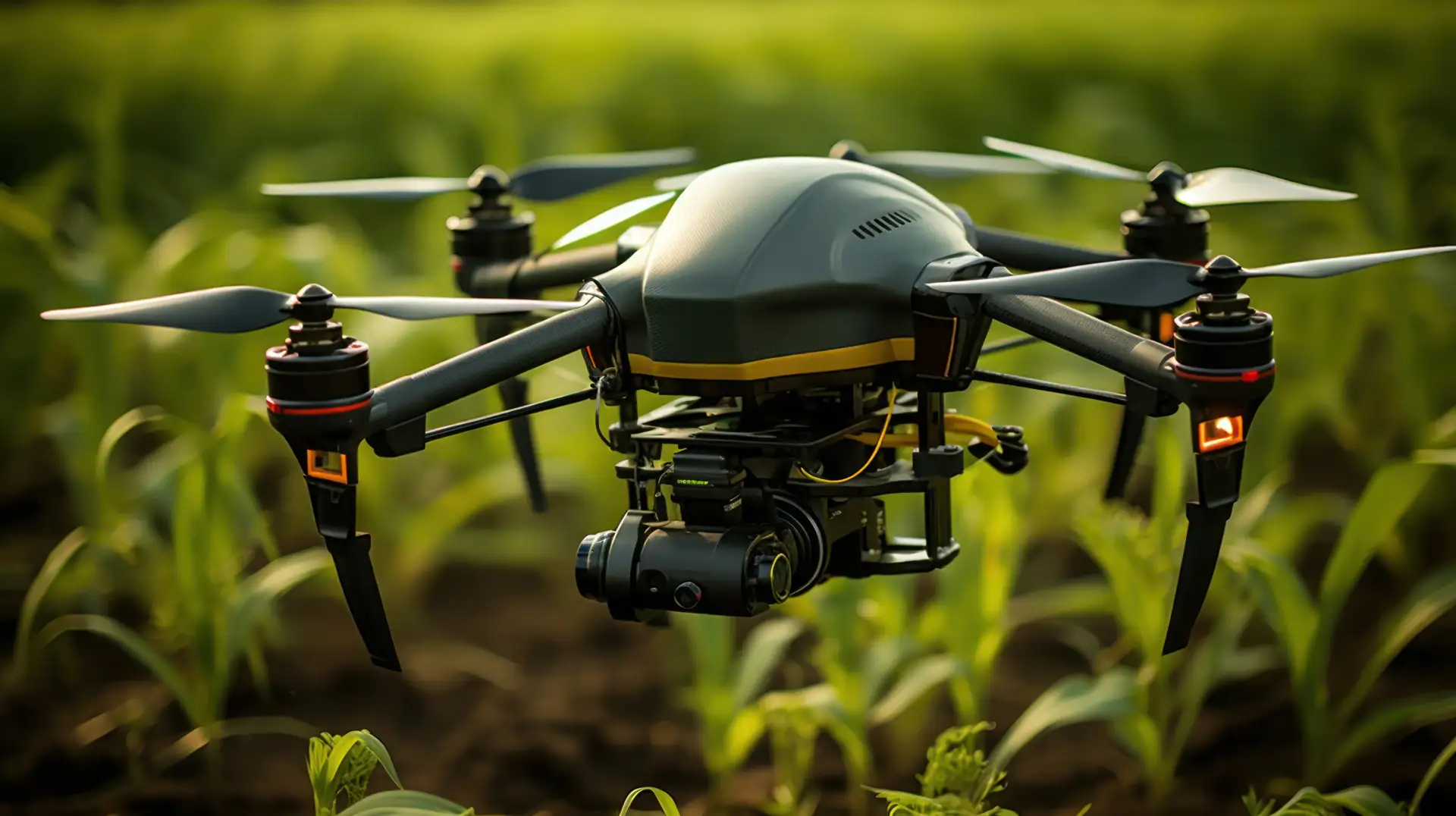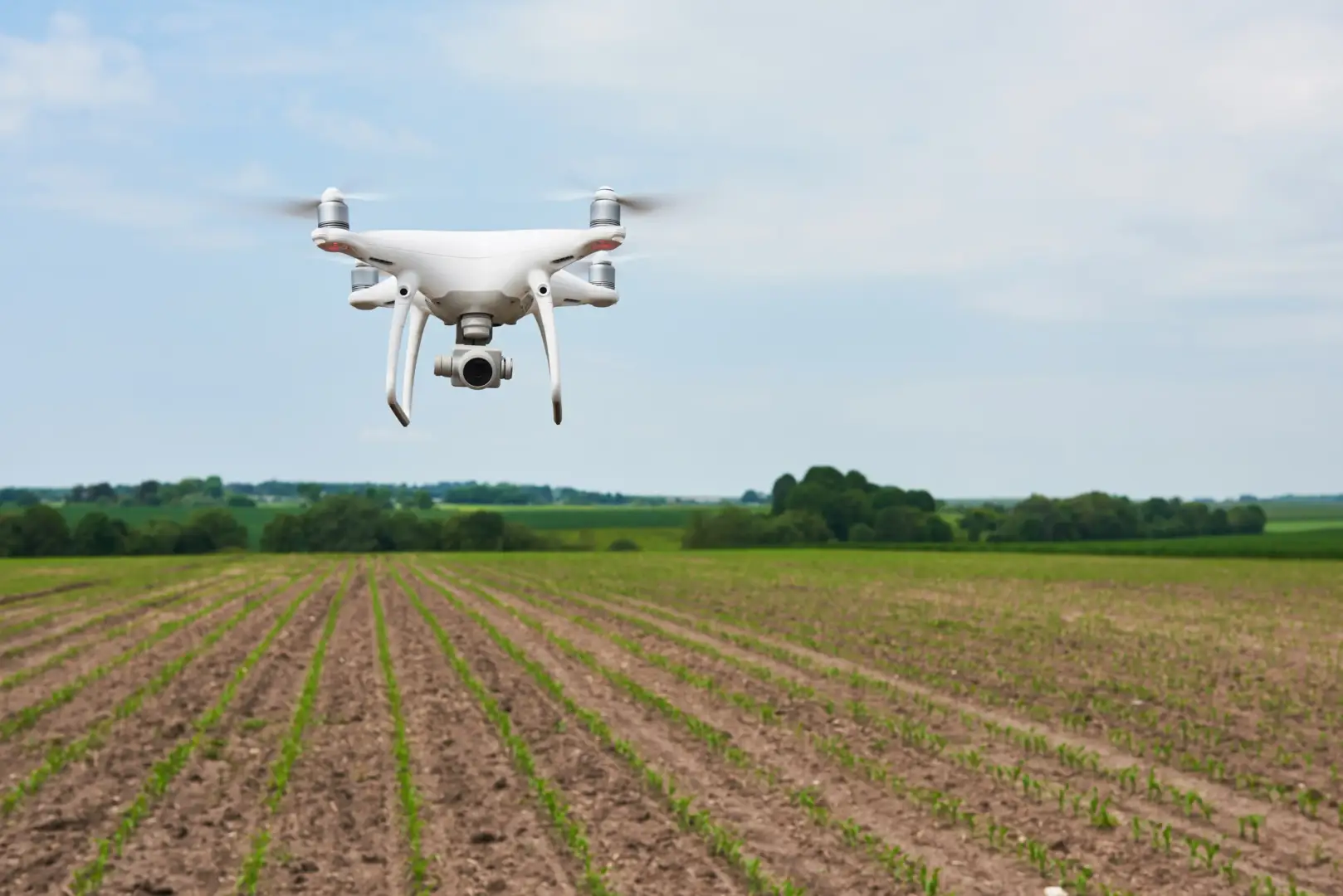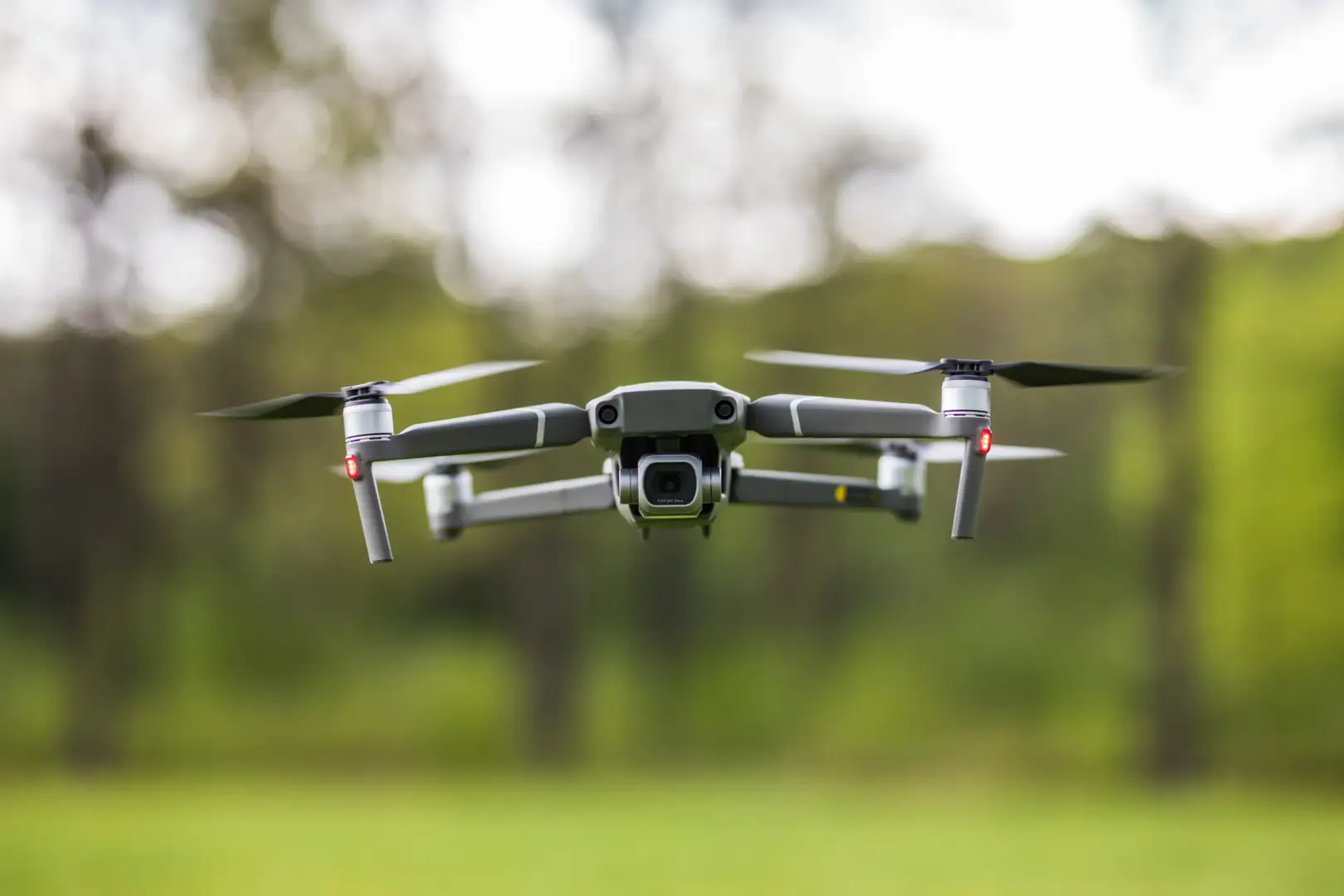Drone Plantation and Survey
เทคโนโลยีโดรนอัจฉริยะเพื่อการเพาะปลูกและการสำรวจ
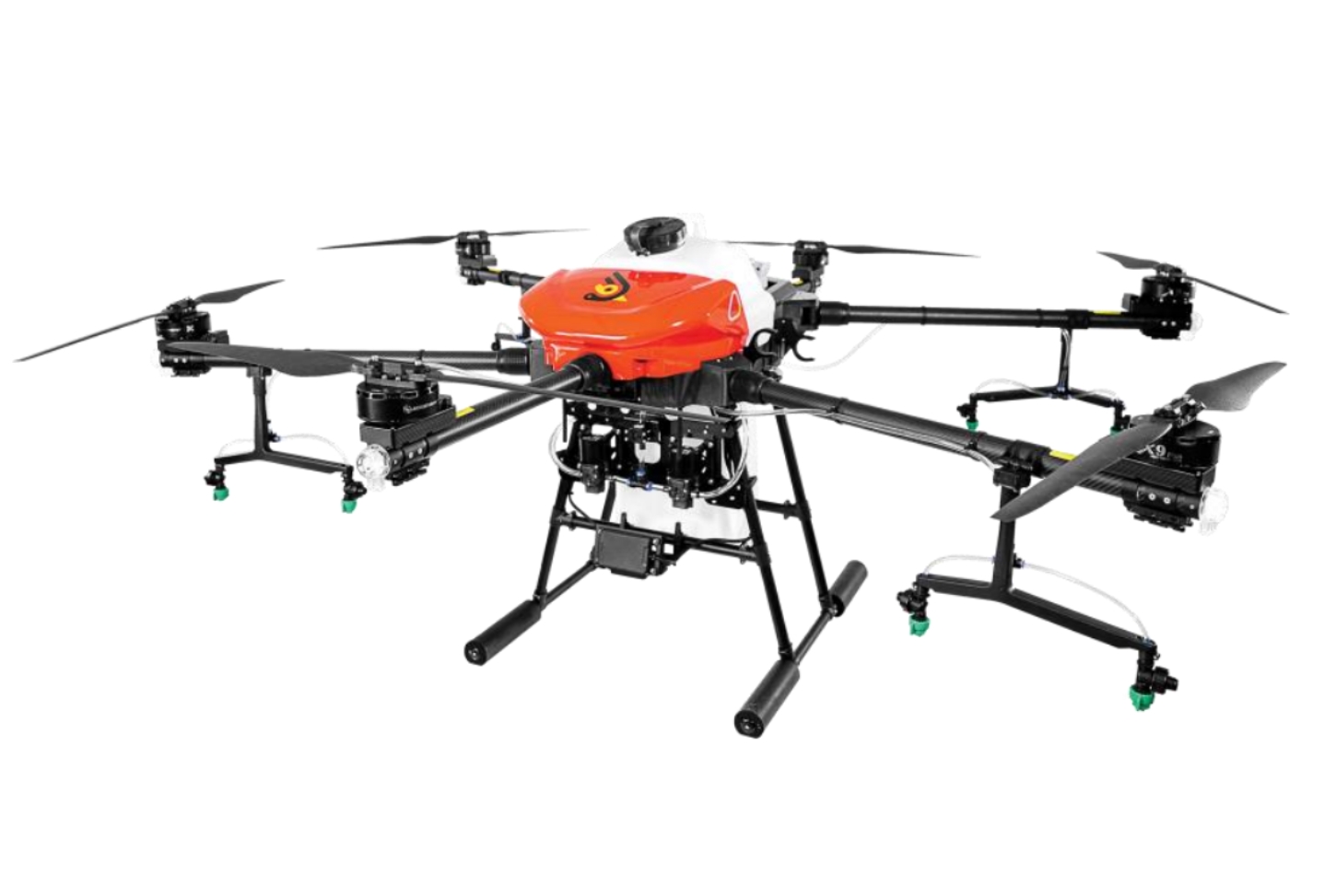
โดรนการเพาะปลูก (Drone Plantation)
การนำเอาเทคโนโลยีโดรนมาใช้ในการกระจายเมล็ดพันธุ์หรือต้นกล้าลงบนพื้นที่ โดรนสามารถบินเหนือภูมิประเทศที่มีอันตราย ยากแก่การเข้าถึงสามารถวางเมล็ดพันธุ์ หรือต้นกล้าได้แม่นยำกว่าการปลูกแบบดั้งเดิมช่วยลดการสูญเสียเมล็ดพันธุ์ และเพิ่มอัตราการรอดชีวิตของต้นไม้
ลูกบอลเมล็ดพันธุ์ (Seed Ball)
นวัตกรรมลูกบอกเมล็ดพันธุ์ เป็นวิธีการปลูกป่าแบบใหม่ที่ใช้วัสดุธรรมชาติห่อหุ้มเมล็ดพันธุ์ โดยทั่วไปแล้วจะใช้ดินเหนียว ปุ๋ยหมักหรือดินดำปลูกต้นไม้ที่ผสมปุ๋ยแล้ว กับน้ำ ปั้นเป็นก้อนพอเหมาะ นำไปผึ่งแดดหรือลม และต้องผ่านการตรวจมาตรฐานของวรุณาก่อนที่จะนำไปใช้
เพาะปลูกด้วยโดรนในกระบวนการถัดไป

เทคโนโลยีโดรนปลูกป่า การปฏิวัติการฟื้นฟูป่าไม้
เทคโนโลยี่โดรนปลูกป่ากำลังกลายเป็นเครื่องมือสำคัญในการฟื้นฟูป่าไม้ทั่วโลก โดรนไร้คนขับเหล่านี้บรรจุเมล็ดพันธุ์หรือต้นกล้าและบินเหนือพื้นที่เป้าหมายกระจายเมล็ดพันธุ์ลงบนพื้นดินอย่างแม่นยำ ช่วยให้เข้าถึงพื้นที่ทุรกันดารที่มนุษย์เข้าถึงได้ยาก
ผลงานของเรา
BANG KACHAO : THE FIRST GREEN AREA MANAGEMENT PLATFORM
บริษัท วรุณา (ประเทศไทย) จำกัด ในเครือบริษัท เอไอ แอนด์ โรโบติกส์ เวนเจอร์ส จำกัด ดึงเทคโนโลยีเชิงลึกวางแผนฟื้นฟูพื้นที่สีเขียวที่คุ้งบางกะเจ้าในโครงการ OUR Khung BangKachao ใช้เอไอติดตามผลพื้นที่สีเขียว 6,000 ไร่ ภายใน 5 ปี ตั้งเป้าต้นแบบพัฒนาชุมชนสู่ความยั่งยืน
NATURE-BASE CARBON PROJECT TRIP IN LAO PDR
บริษัท วรุณา (ประเทศไทย) จำกัด ในเครือบริษัท เอไอ แอนด์ โรโบติกส์ เวนเจอร์ส จำกัด ได้เข้าไปมีส่วนช่วยในการปลูกป่าด้วยเทคโนโลยี่โดรน (Drone Plantation) ในโครงการคาร์บอนเครดิตภาคป่าไม้ในประเทศลาว
Drone Plantation
A robotic technology to deliver seeds directly to where they’re needed
FLIGHT EFFICIENCY
- Autonomous flight, and flight plan record
- 10-15 minutes average flight time
- Weight 30 kg (1,500-2,000 seedpods)
SEEDING EFFICIENCY
- 2 seed shots per second speed
- 16,000 seed shots per day (1,000 seed/flight)
- No tillage Preparation
- 10x faster operation compare with manual approach
Speed
- Planting 100 hectares takes 62 hours of operation time. (Plant and row spacing 2*2 meter)
Seed Pod or Seed Ball
It is a new way of planting forests using natural materials to wrap the seeds. Generally, clay, compost, or black soil is used to plant trees mixed with fertilizer and water, molded into suitable lumps, and then exposed to sunlight or wind.
Seed Treatment
- Use nail clippers to cut the seed shell
- Put seed into the mixing water
- Waitting approx 24-48 hours


Seed Production
Place the treated seeds into the prepared soil mixture and shape them into spherical forms with a diameter of 17 mm

Seedball QC
Test the Seedballs with tube sizes
The importance of carbon credits
1
Increase efficiency and speed
Drones can disperse seeds or seedlings much faster than traditional planting, making them ideal for areas that are difficult to access or difficult to reach. Drones can fly over rough terrain or areas that are prone to flooding, allowing for reforestation in areas that are difficult for humans to access.
2
Increase accuracy
Drones can place seeds or seedlings with greater precision than traditional planting, reducing seed loss and increasing tree survival rates. Drones can use GPS and maps to determine the optimal location for planting each tree, ensuring that the trees receive sufficient sunlight, water, and nutrients.
3
Reduce costs
Using drones to reforest can be cheaper than traditional planting, especially over large areas. Drones can reduce the need for manpower and equipment, saving money in the long run.
4
Environmentally friendly
Drones do not emit air or noise pollution, reducing their environmental impact. Drones can also be used to plant native trees that improve soil and water quality.
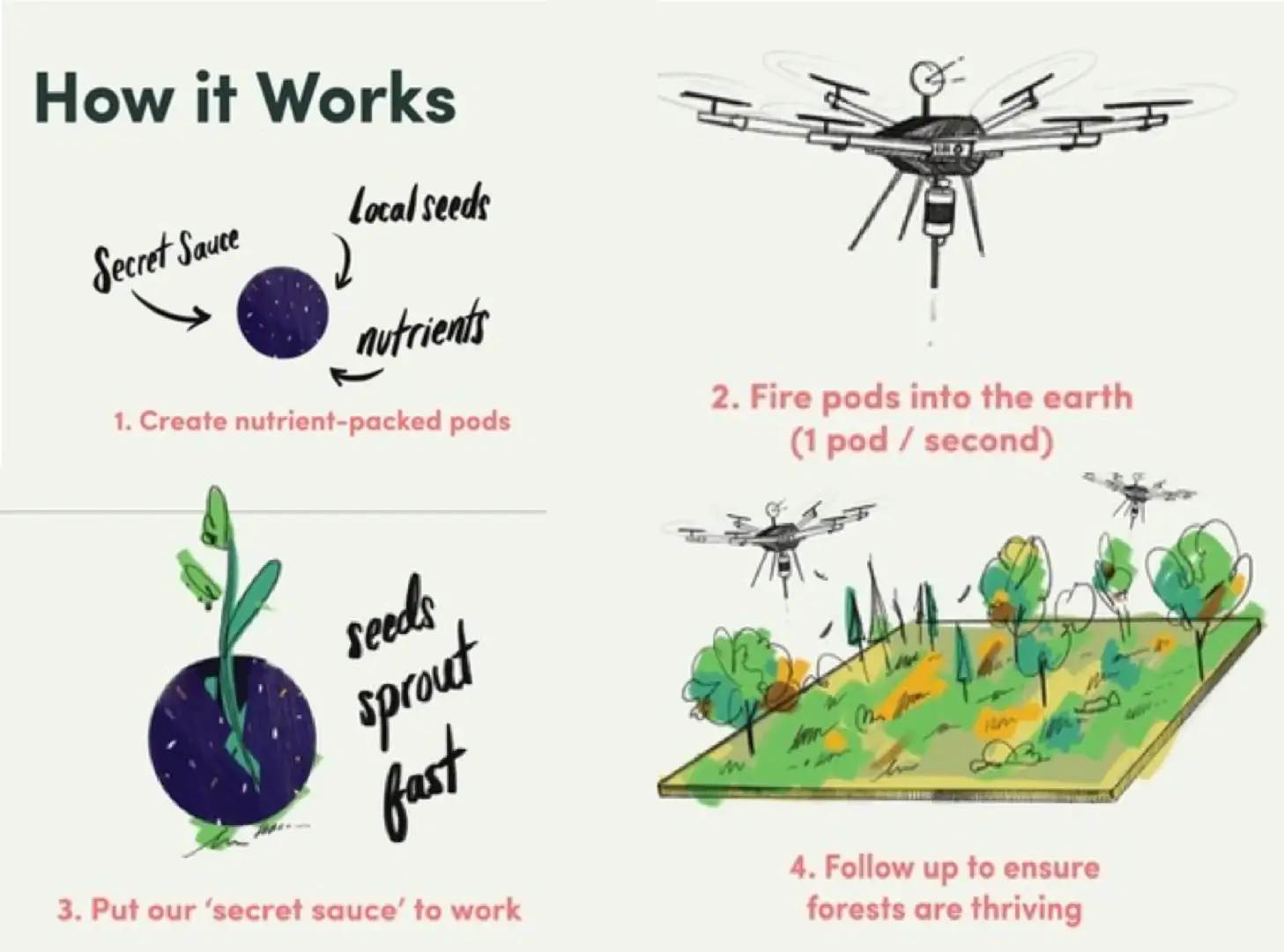
Drone Reforestation Technology Reforestation Revolution
Reforestation drone technology is becoming an important tool in forest restoration efforts around the world. These unmanned drones, loaded with seeds or seedlings, fly over target areas, precisely dispersing the seeds onto the ground, helping them reach remote areas that are otherwise inaccessible to humans.
Reforestation project with PTT Exploration and Production Public Company Limited
Implementing a reforestation project in the area of the Royal Forest Department, the National Park Department, and the Department of Marine and Coastal Resources, totaling more than 11,000 rai.

